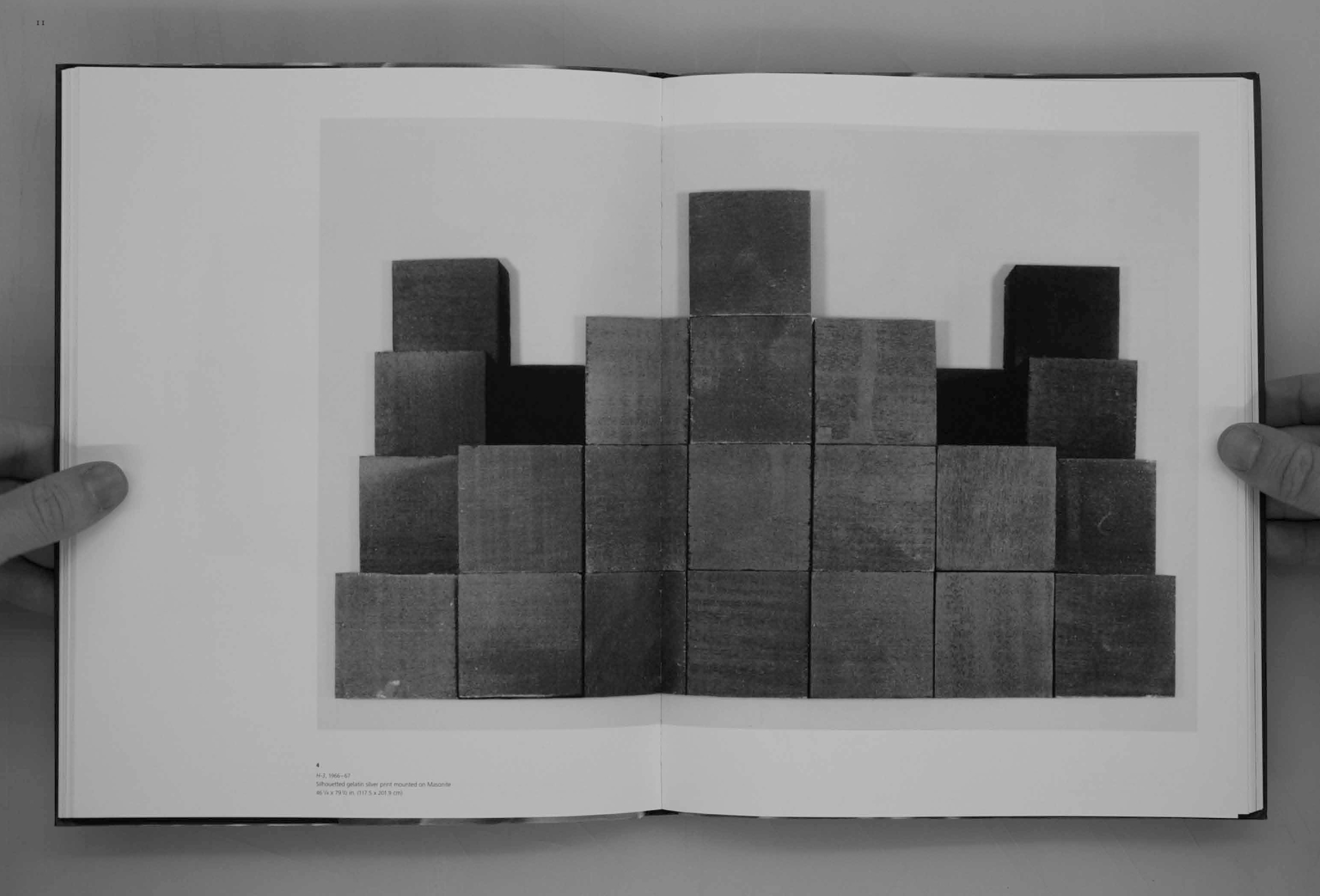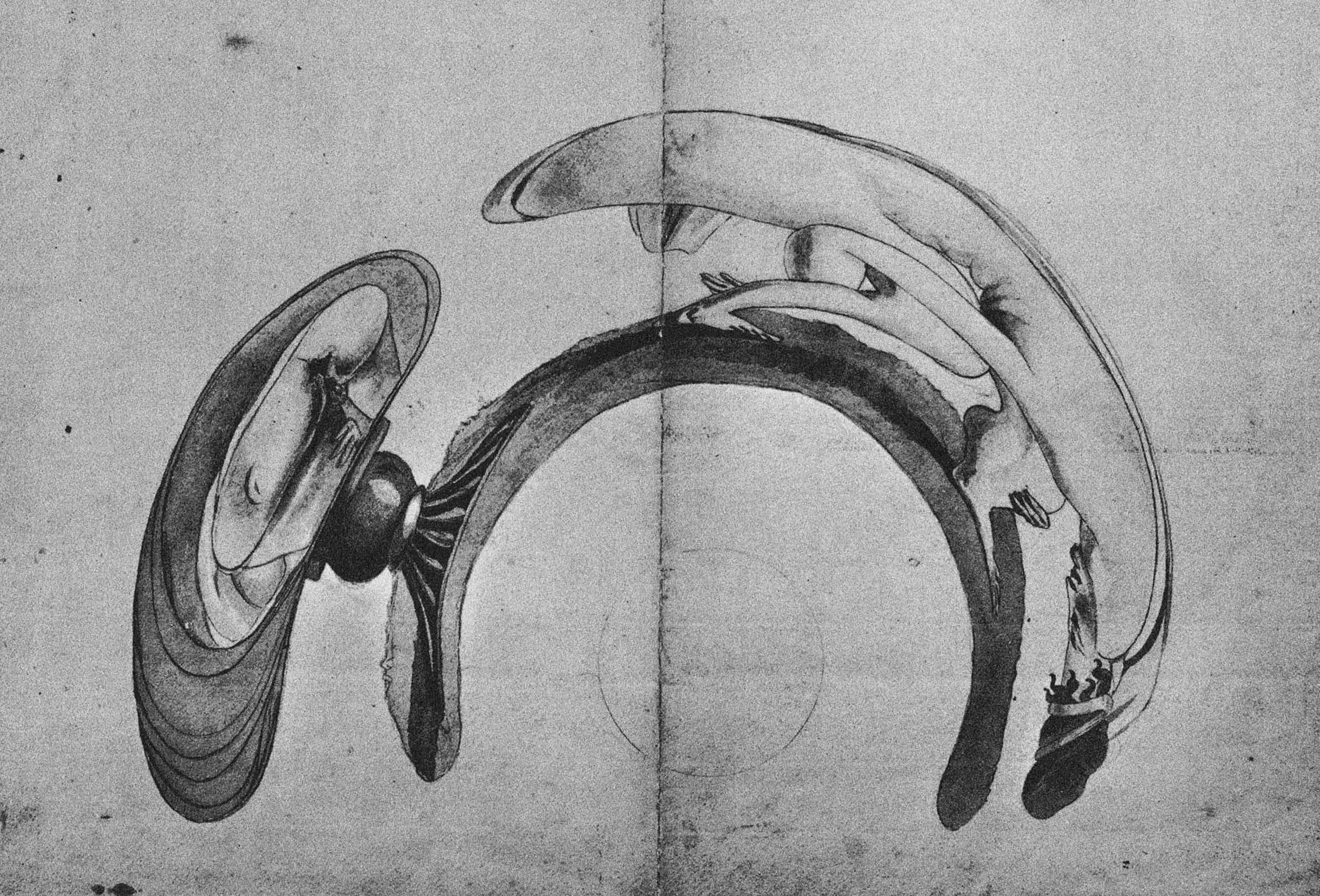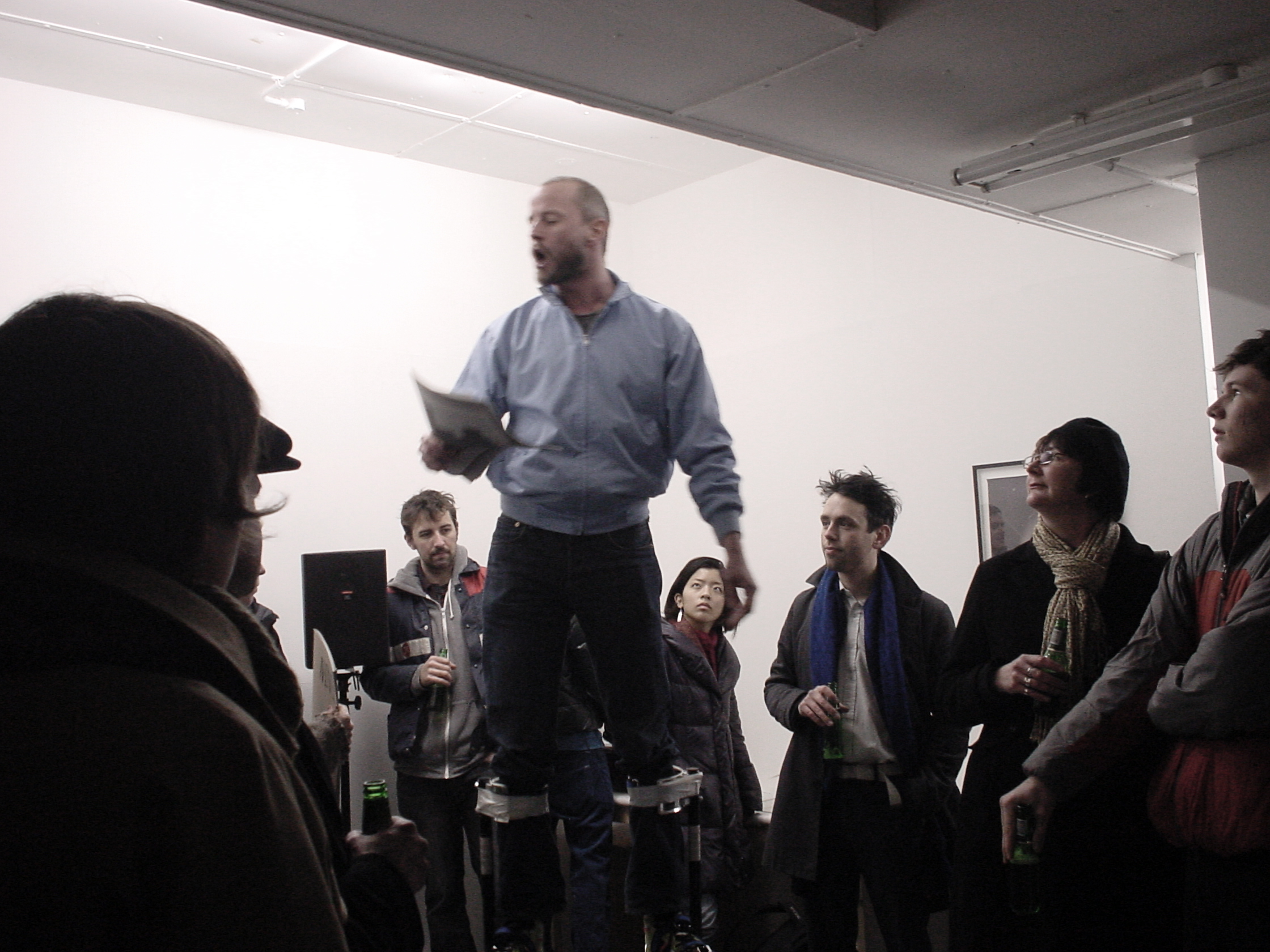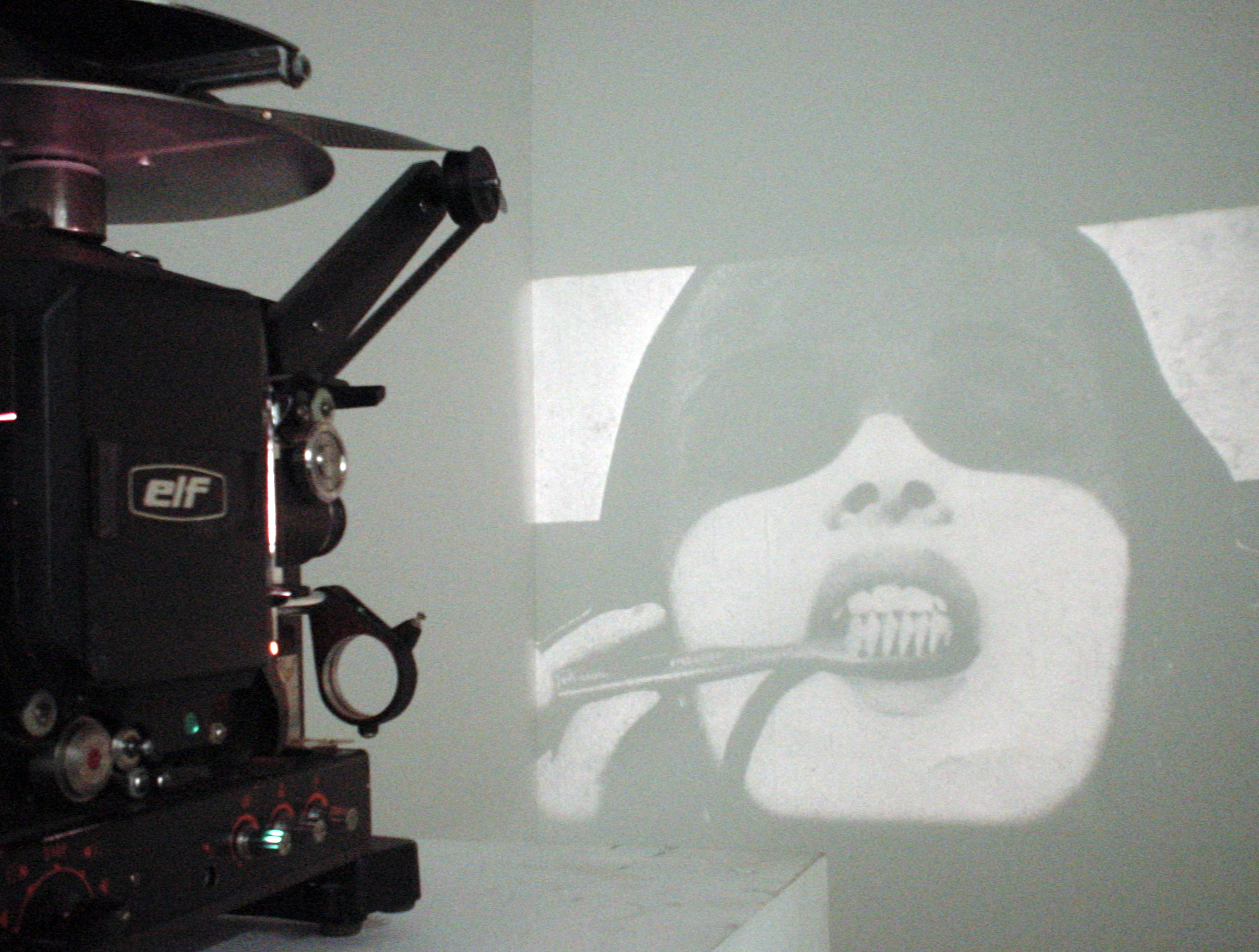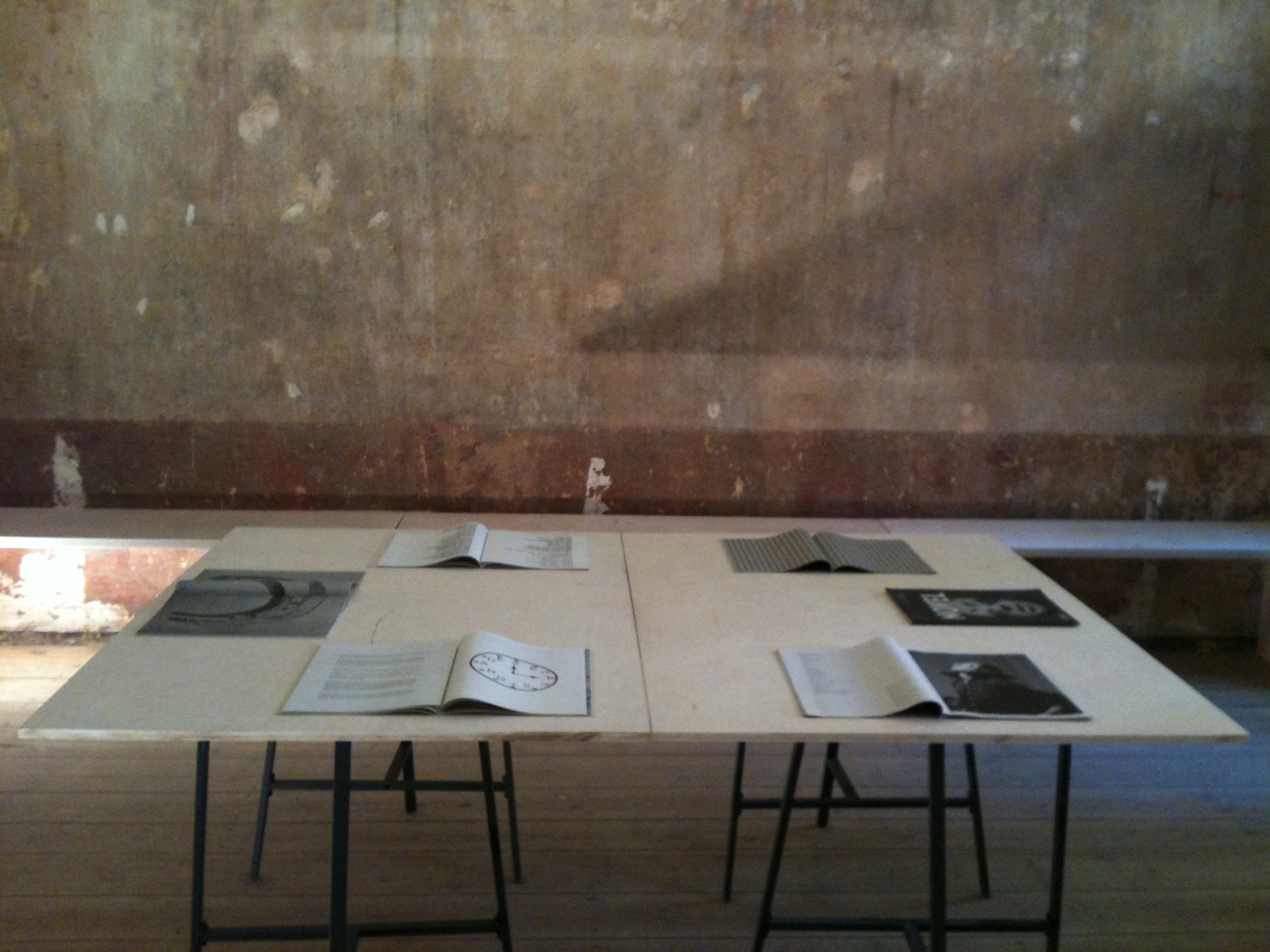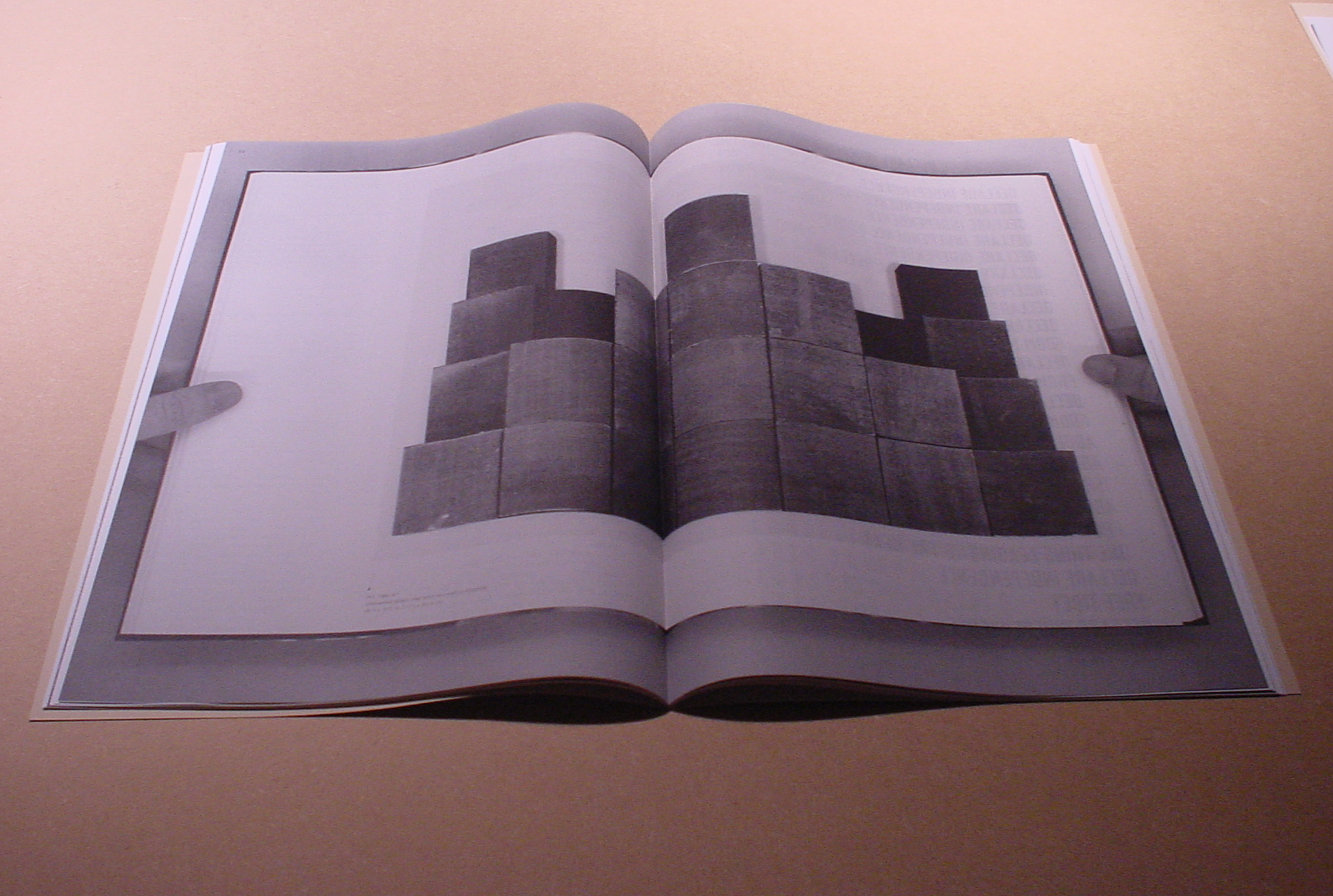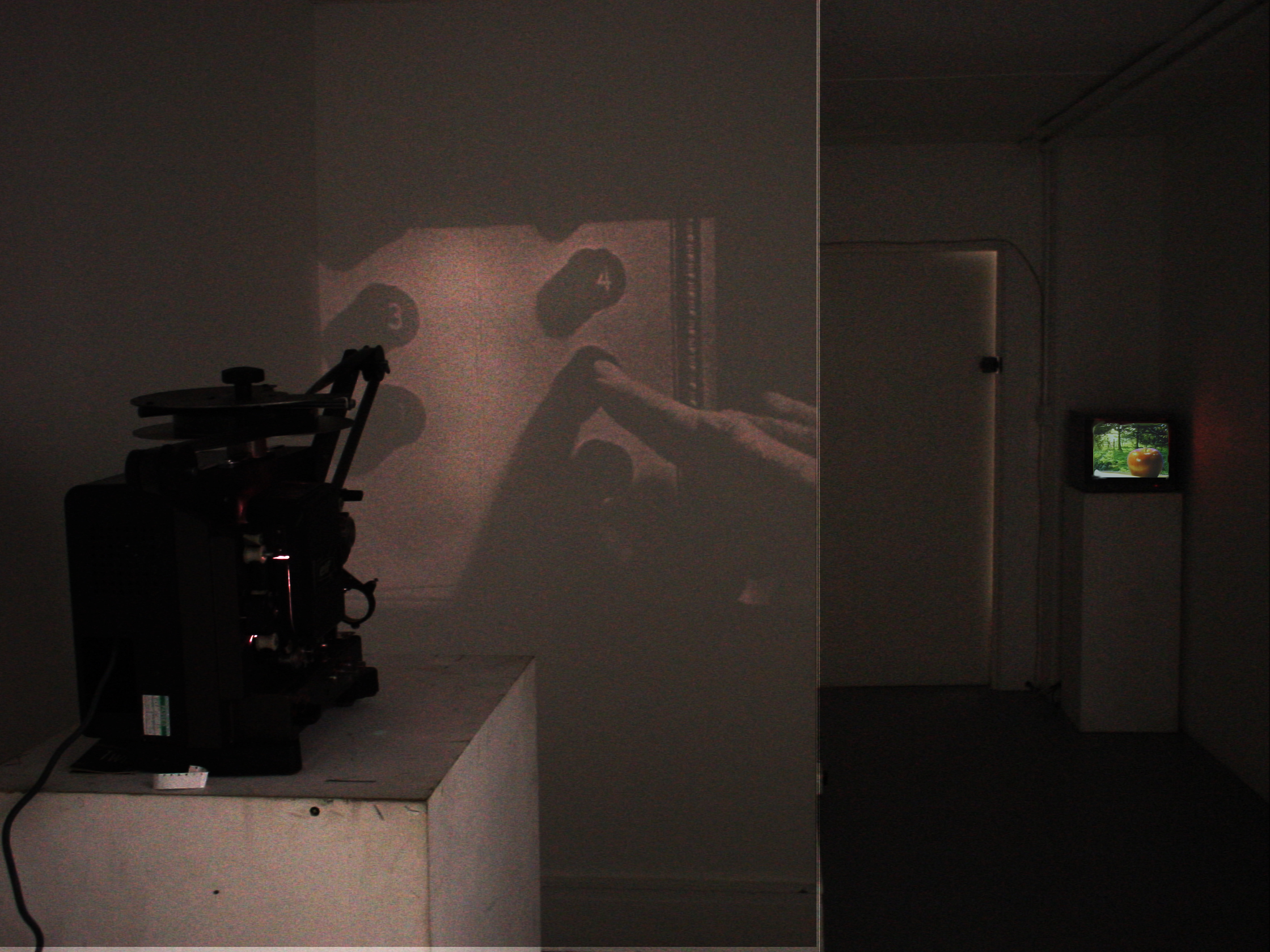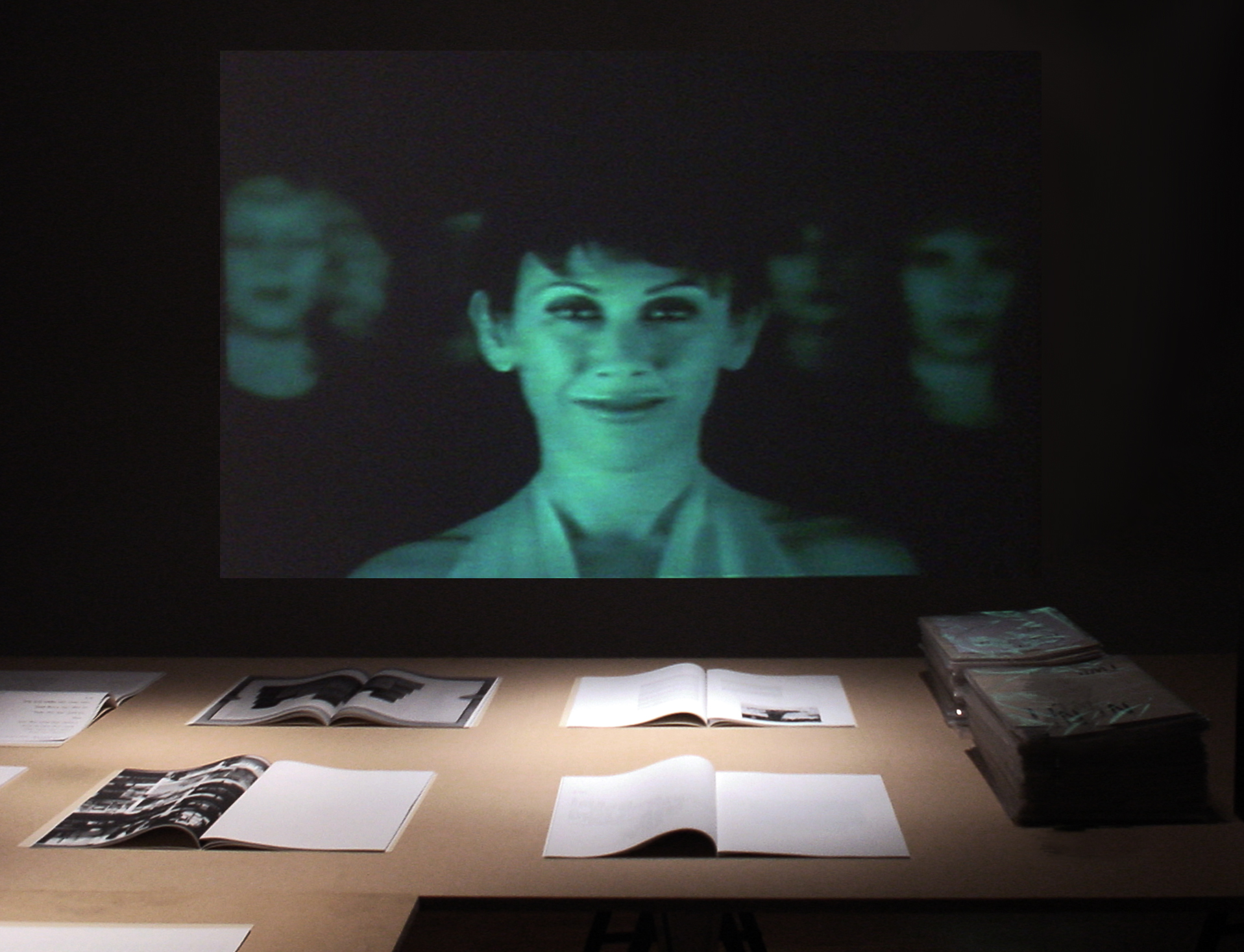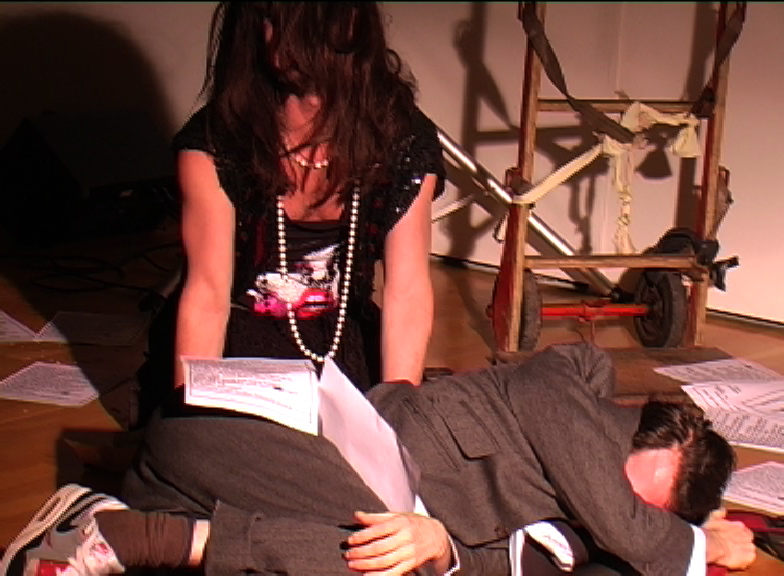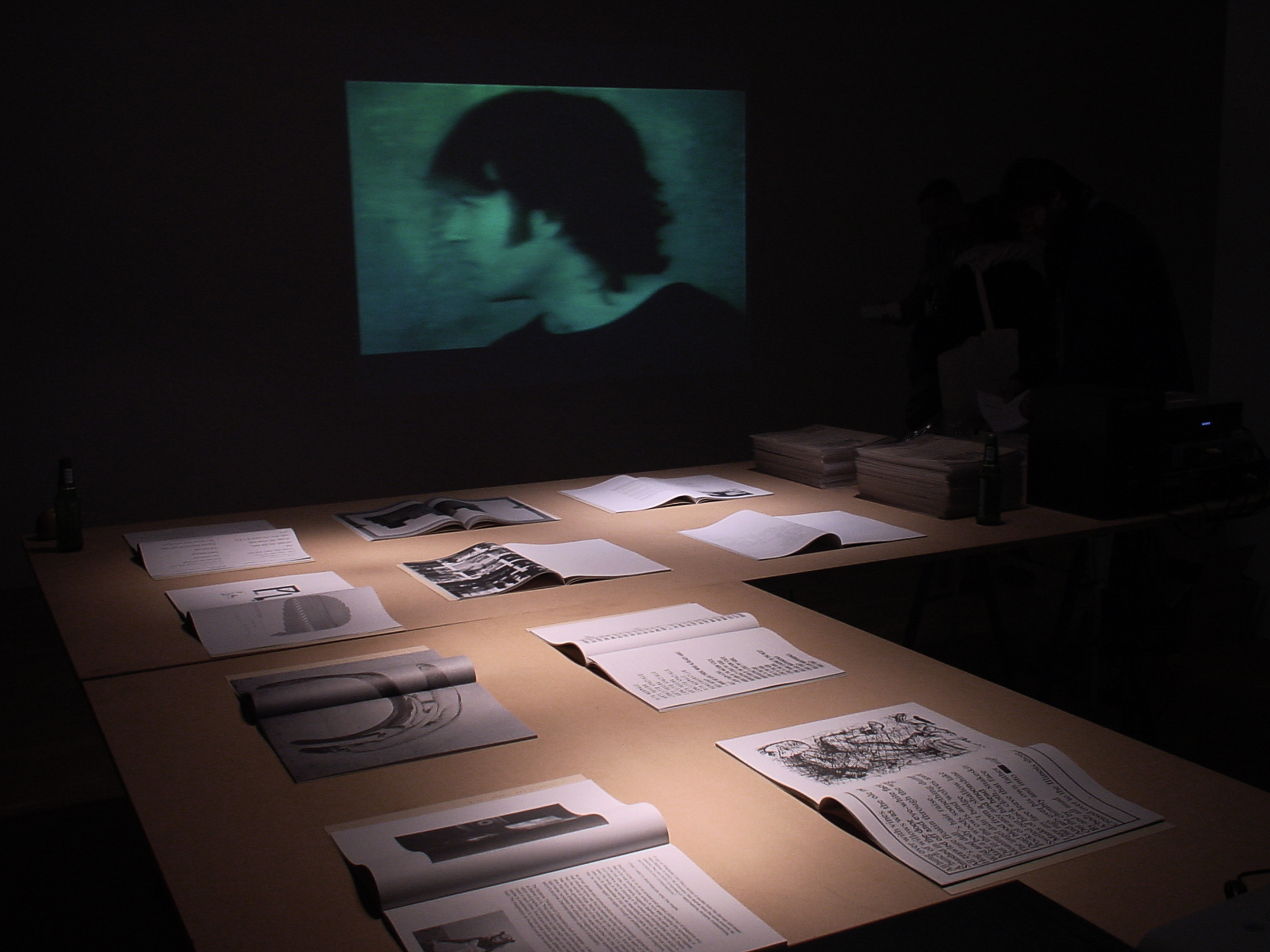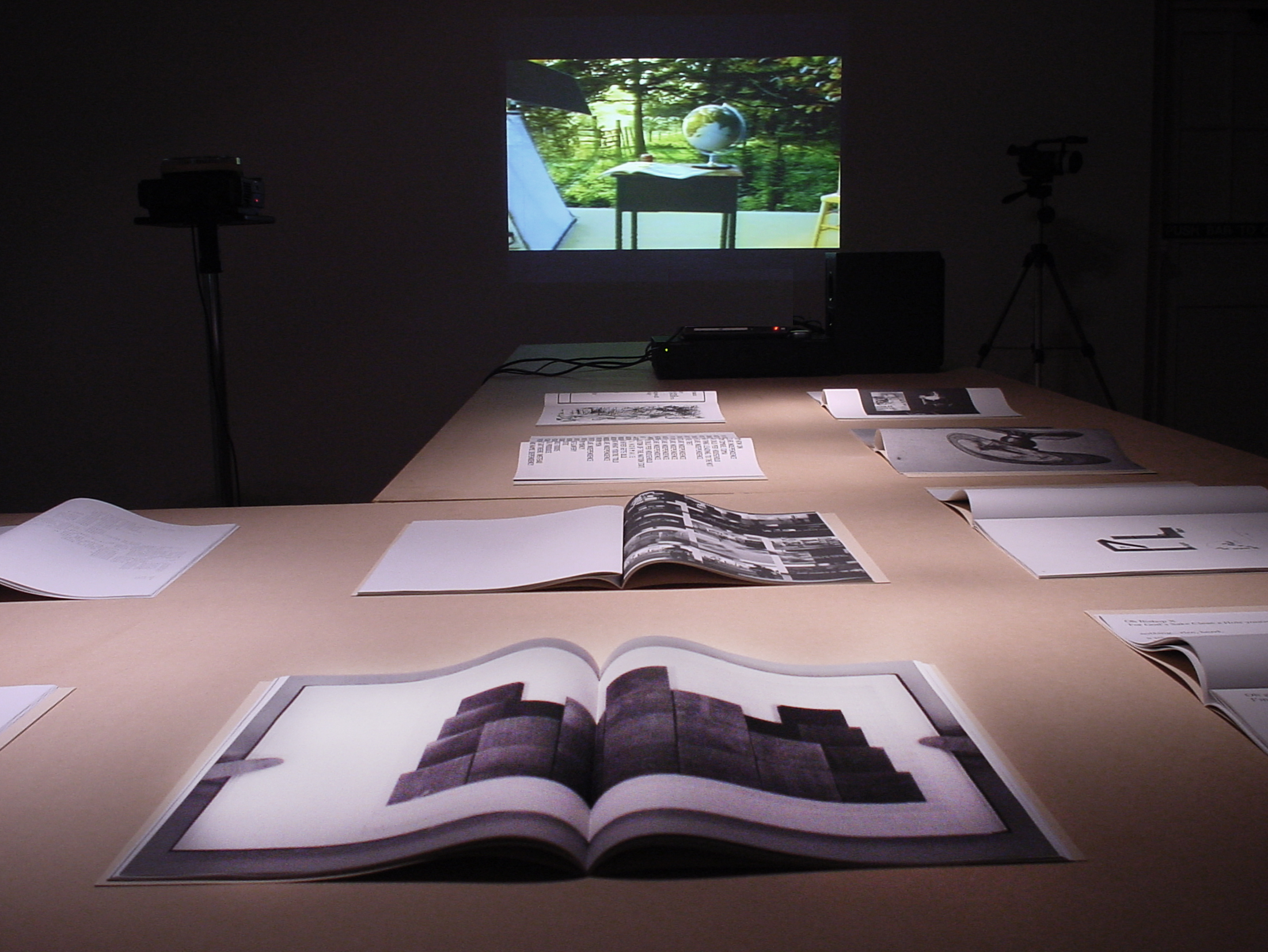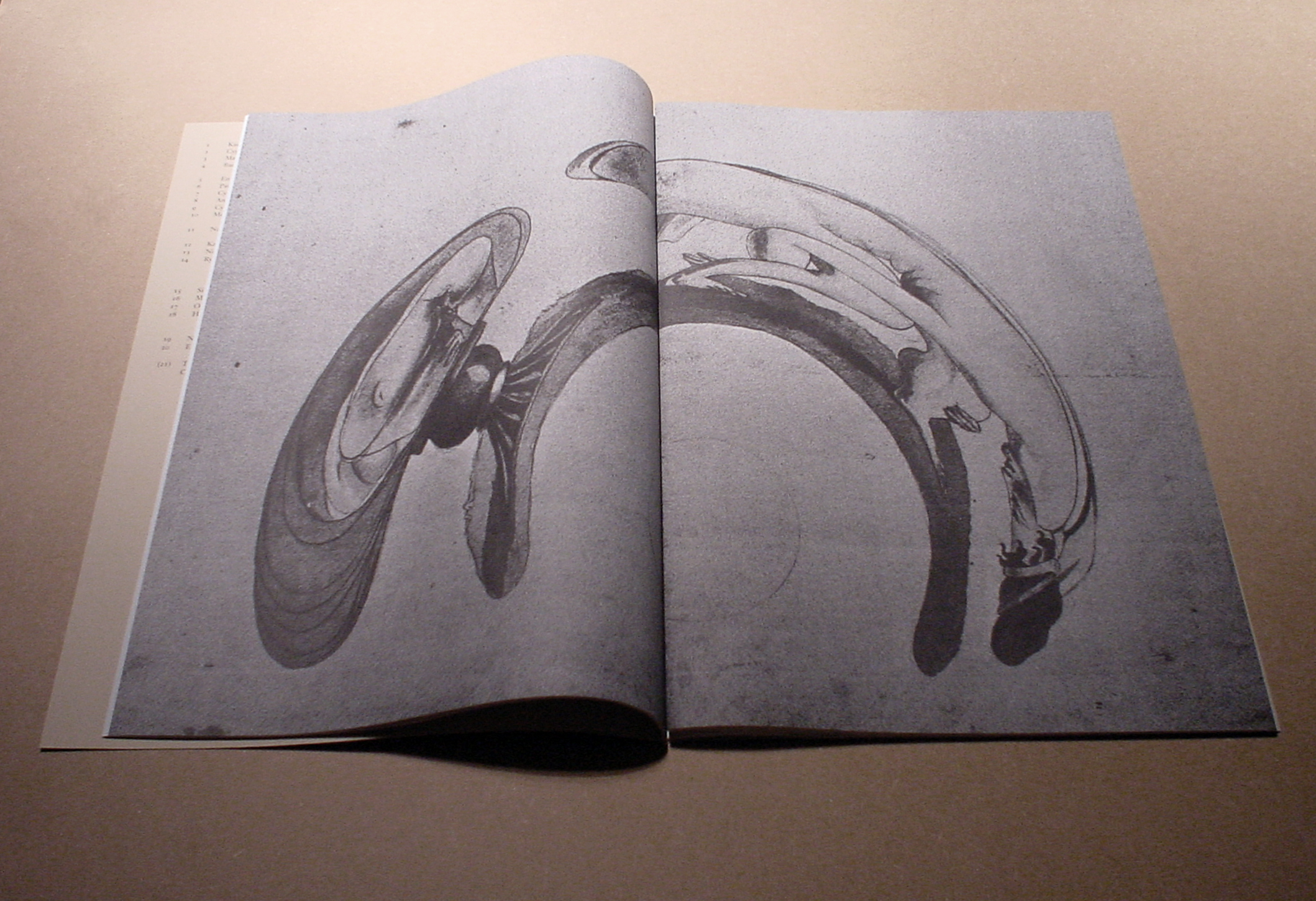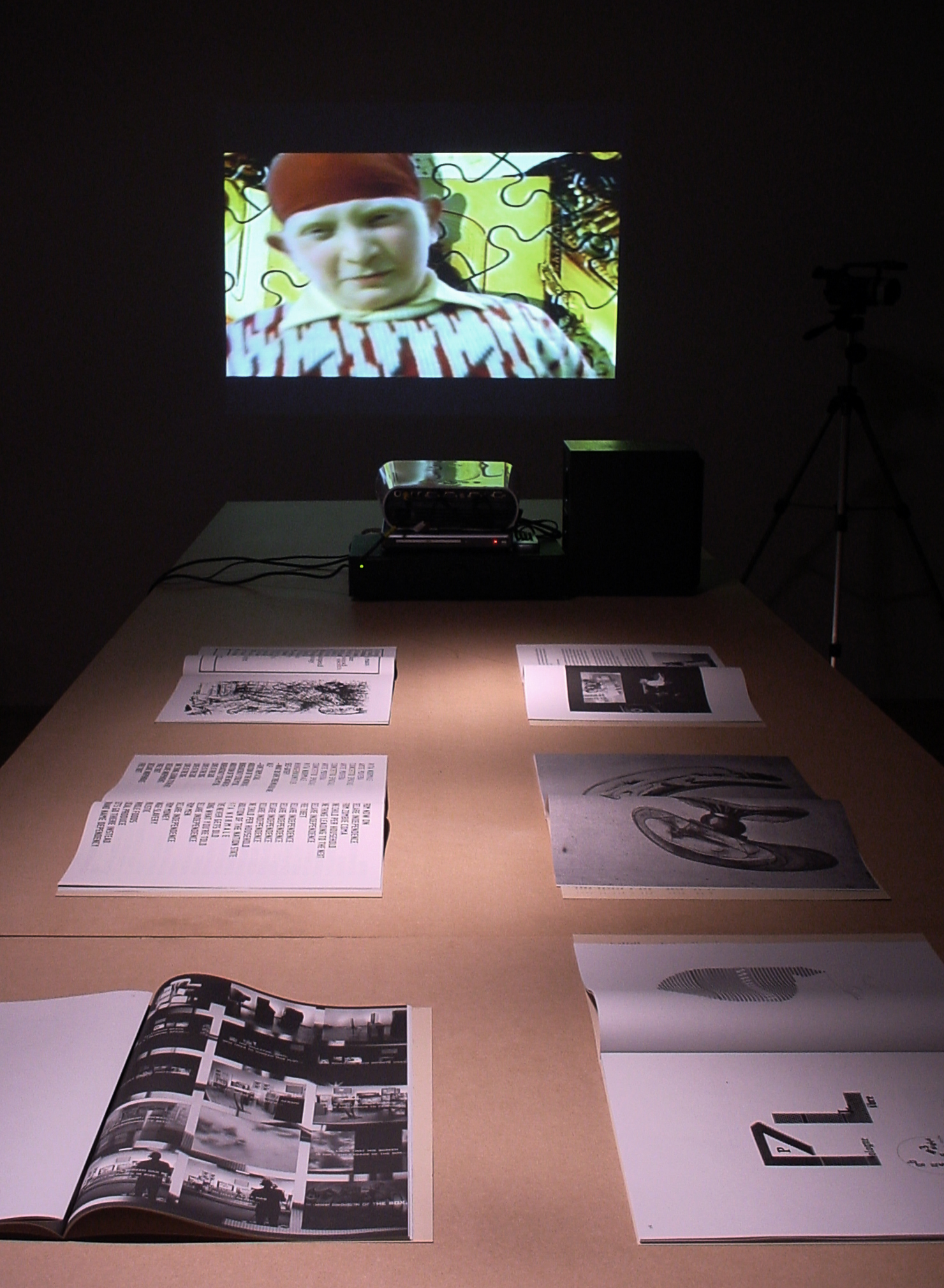Novel ~ 2
NOVEL
Issue One
Edited ~ Alun Rowlands & Matt Williams
Designed ~ James Langdon
Newspaper Publication
pp.38
ISBN978-1-906424-07-7
Barry MacGregor Johnston & Stephen G.Rhodes By and By (2009)
NOVEL is distributed through events, readings and screenings which are staged at venues that become the loci for reading, furnished with artworks and related films that augment the fictioning of a scenario. This scenario will be the summation of multiple experiences and anxieties that demands new forms of critical fiction. These new strategies require an active protagonist, a polymath who can amalgamate them with fluency. Fiction is not made up, it is based on everything we can learn or use; a zone in which all sources of knowledge are valid.
Reading:
Edwin Burdiss & Johnny Woo
We would like to thank all of the artists for participating and the following galleries for their kind support; INTERNATIONAL PROJECT SPACE, BIRMINGHAM, LIMONCELLO, LONDON; DEPENDANCE, BRUSSELS; BALICE HERTLING PARIS; LAURA BARTLETT GALLERY; DANIEL BUCHHOLZ AND CHRISTOPHER MULLER AT DANIEL BUCHHOLZ GALLERY, BERLIN-KOLN; CABINET GALLERY, LONDON; JONATHAN VINER, FORTESCU AVENUE, LONDON; JAY SANDERS, GREENE NAFTALI, NEW YORK; HAUSER & WIRTH GALLERY, LONDON; LISSON GALLERY, LONDON; OFFICE BAROQUE, ANTWERP; OVERDUIN & KITE, LOS ANGELES; STANDARD (OSLO); SUPPORTICO LOPEZ, BERLIN-NAPLES; RICHARD TELLES GALLERY, LOS ANGELES AND VILMA GOLD, LONDON
Front, Oscar Tuazon Last Try (2009)
p.1 - 4, Karolin Meunier The Act of Corresponding (2009)
p.5 ,23, 28 & 29, Cyprien Gaillard Untitled (2009)
p.6 - 9, Mark Leckey The Long Tail (2009)
p.10 - 11, Barry MacGregor Johnston & Stephen G.Rhodes By and By (2009)
p.12 - 17, Emily Wardill Split the screen in two (2009)
p. 18 - 22, Paul Chan Oh Stexts (2009)
p.24 - 27, Anna Barham Return to Leptis Magna (2009)
p.30 - 31, Melanie Gilligan Crisis in the credit system (2009)
p.32 -33, Nathan Hylden Material Photography (Mel Bochner 1966-1997) (2009)
p.34 - 39, Karl Holmqvist Declare Independence (2009)
p.40 & 58, Nichloas Byrne Barber; Hosier (2010)
p.41, Ryan Gander In search of the perfect palindrome (third attempt); crossword featuring a newly invented word 'Mitim' - rendering it unsolveable - placed in a national newspaper (2006)
p.42, Simon Denny Deep Sea Vaudeo (2009)
p.43 -44, Michaela Eichwald Zeit ist Angstgnade (2009)
p. 45 -54, Oscar Tuazon Last Try (2009)
p.55 - 56, Henri Chopin Masque & Bergamasque (P.Verlain) de profil. (1988); Pologue libre (1982)
p.59 - 63, Ed Atkins The Radical Dilettante (2008)
The randomly ripped out page(s) in this issue of NOVEL is Christoph Buchel's contribution to this publication.
NOVEL draws together artists writing, texts and poetry that oscillate between modes of fiction and criticism. A cacophony of voices, that is the primary condition of writing, seek to break the habitual methods of representation and productions of subjectivity. Disconnected from any unitary theme these texts coalesce around writing as a core material of a number of artists exploring language and fiction. This fiction acts as a speculative force, no longer defined by what is said, even less by what makes it a signifying thing, but perhaps as a mode that exists parallel to the visual. Here, art writing is an apparatus for knowledge capture, informed by theory, film, politics and storytelling; writing as parallel practice, different, tangential; writing as political fiction; writing as another adventure on the ‘skin drive', renegotiating unfulfilled beginnings or incomplete projects – that might offer points of departure. Amidst the insinuated narratives and materialised visions there is a concern for writing and the impossibility of fiction which is at stake. Novel asks us to think of writing as something distinct from information, as at least one realm of cultural production that is exempt from the encompassing obligation to communicate.
OWEN LAND
Undesirables (Work-In-Progress), 1999
16mm original, transferred to vhs video, tansferred to DVD, b/w, sound, 12 mins
'The idea started with a casual comment made by Stan Brakhage, must have been way back in the early 1970s. It stuck in my mind. Now that I think about it, Brakhage may have meant this as a joke. He said, “Someday Hollywood will probably make a film about us,” ‘us’ meaning the experimental filmmakers “and I wonder which actors will play us?” Think about that first of all: the idea that Hollywood would make a film about experimental filmmakers is totally ridiculous. The fact that one would think about which actor was going to play me at some time in the future, I think that’s very funny. Eventually it germinated in my mind and I thought it was an interesting idea… A film about experimental filmmakers, especially in the very formative period, approximately 1968 to 1972. The movement went from a high point where there was a lot of publicity generated in the media, and seemed to peter out shortly after that. At a certain time, I guess it was in the 1980s, there was some discussion in film circles about the decline of the experimental film and people were theorising about why it happened and some people suggested maybe because of video, and I guess there were other theories too. So I thought, “Why not come up with a fantastic theory about why that happened?” a fictional theory and put that into a film?' (Owen Land, interviewed by Mark Webber, 2004)
CERITH WYN EVANS
Degrees of Blindness, 1987
With Michael Clark, Leigh Bowery, Tilda Swinton. 19 mins
What is it to see, to be seen, to be looked at? This remarkable film, inspired by a poem by William Blake, explores the desire at the root of vision, from the reading of a Braille map by a blind child to the newest forms of visual representation.
Michaela Eichwald Zeit ist Angstgnade (2009)
Cyprien Gaillard Untitled (2009)
Film Programme
STAN VANDERBEEK and KENNETH KNOWLTON
Poemfield # 2
1966 USA 6 min
‘All of the Poemfield films explore variations of poems, computer graphics, and in some cases combine live action images and animation collage; all are geometric and fast moving and in colour. As samples of the art of the future all the films explore variations of abstract geometric forms and words. In effect these works could be compared to the illuminated manuscripts of an earlier age. Now typography and design are created at speeds of 100.000 decisions per second, set in motion a step away from mental movies.’ - Stan VanDerBeek
LEWIS KLAHR
Engram Sepals, 2000
16mm 6 mins, B&W, Sound (Optical)
A Buddhist noir, the dead body remembers. - LK
"...the real power of Klahr's figures is their mix of sensuality and insubstantiality, which not only allows the viewer to bring his own experiences to the action but makes Klahr's key point about pop culture. Even though this stylish, provocative film, alone among the seven, is in black and white and uses the high-art music of Morton Feldman rather than pop, it makes the stuff of mass culture thoroughly alluring. The discontinuous overall design, inspired by 40's film noir, creates the sense of an incomprehensible labyrinth, and the depiction of some figures in white line drawings on black, Klahr says, was inspired in part by magazine graphics of the 40's and 50's, 'where the whites against blacks are so luminous that they have a kind of eternity in them.' The figures' insubstantiality suggests both universality and diminution: these are quite a bit less than flesh-and-blood humans. No character seems in control, and the viewer's difficulty in threading his way through the narrative underscores the character's loss of autonomy." - Fred Camper, The Chicago Reader
JAN PETER HAMMER
Shady Characters (2007)



